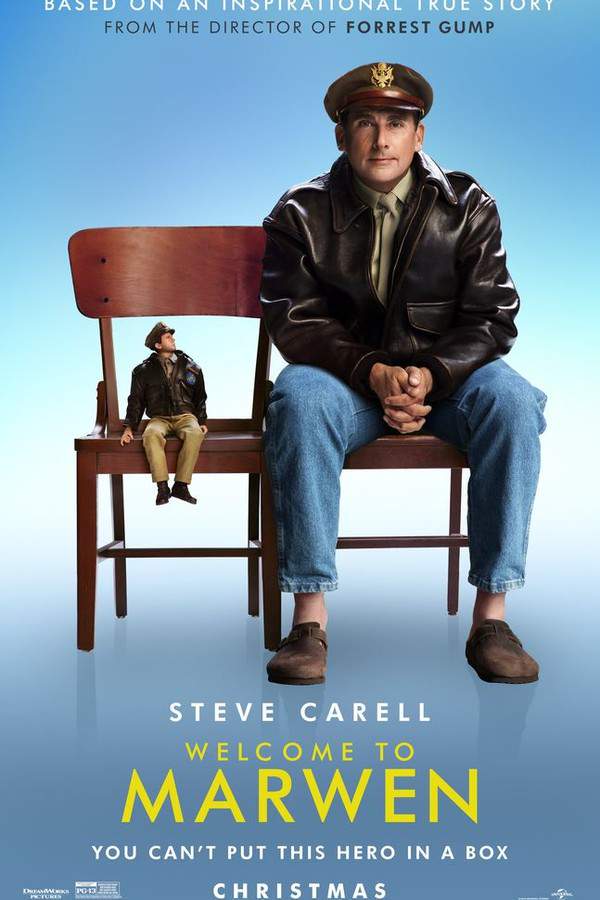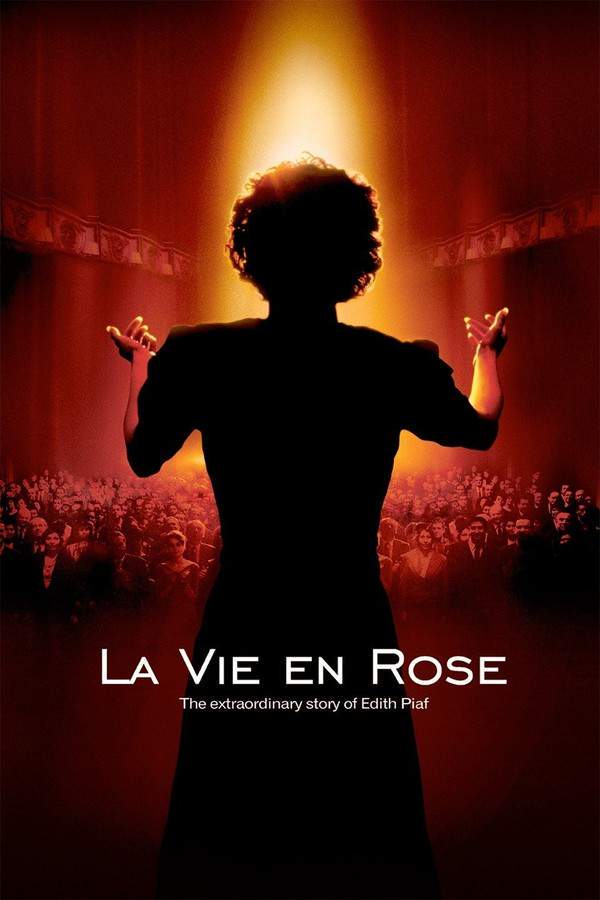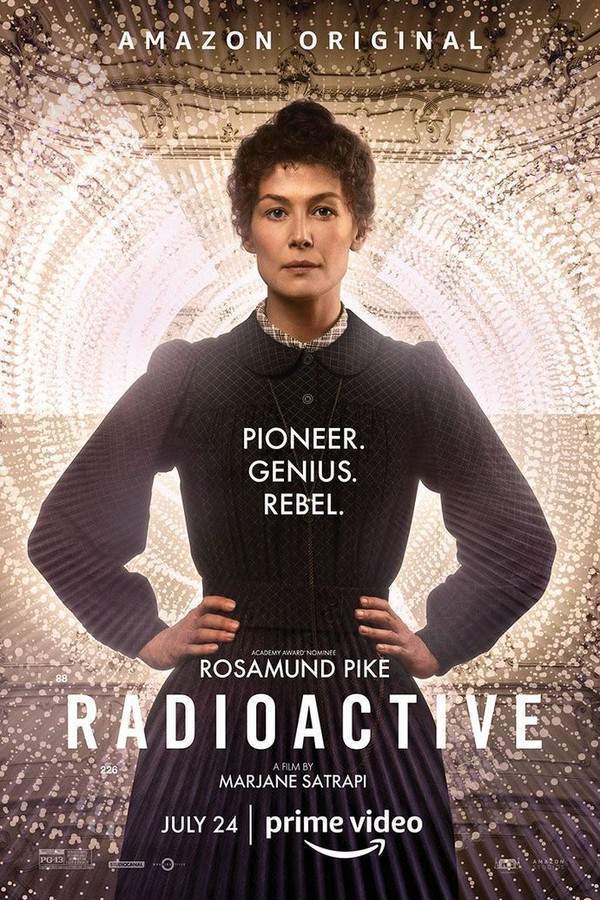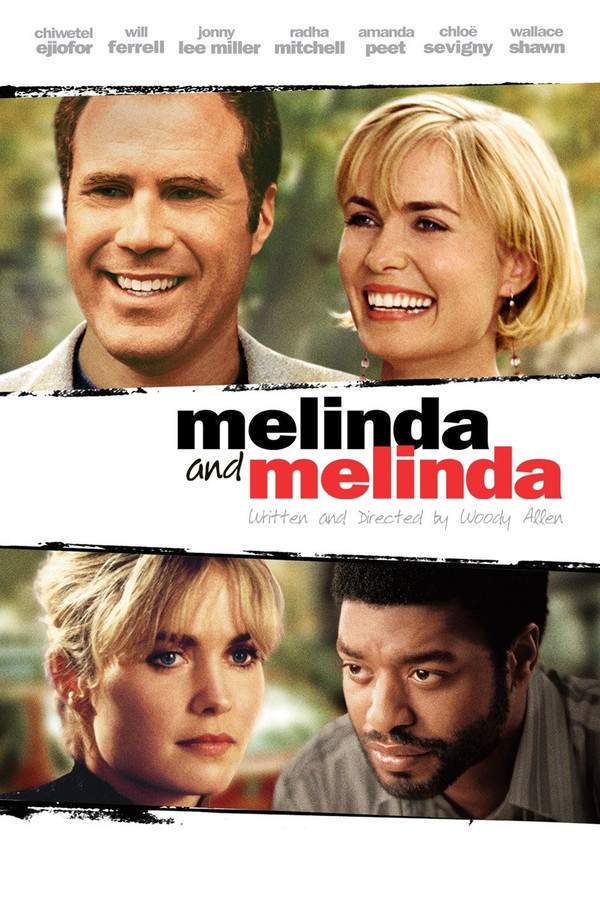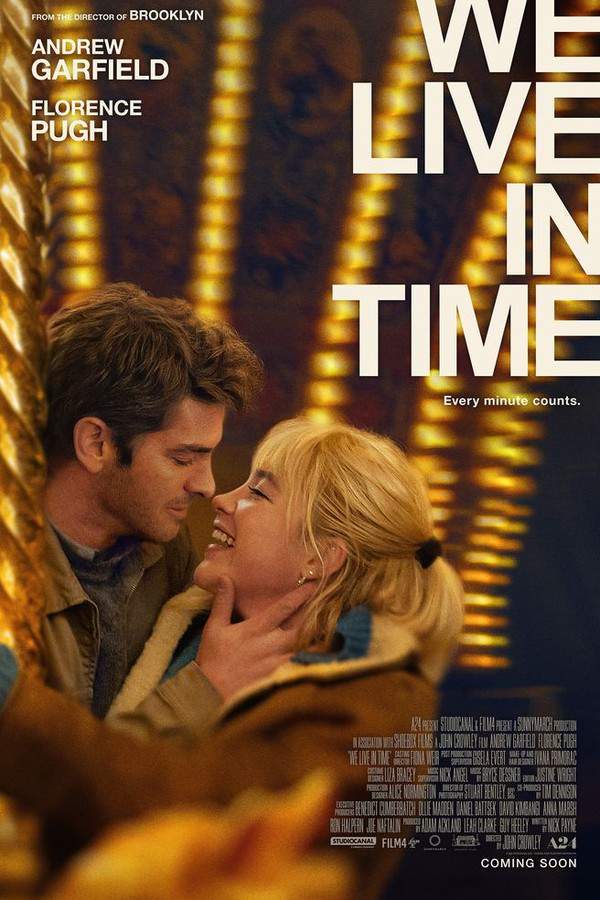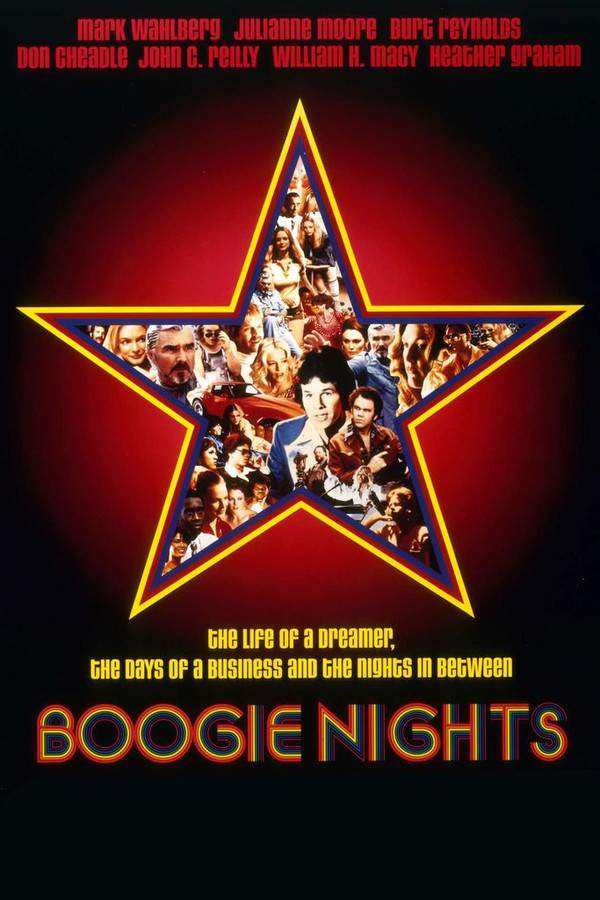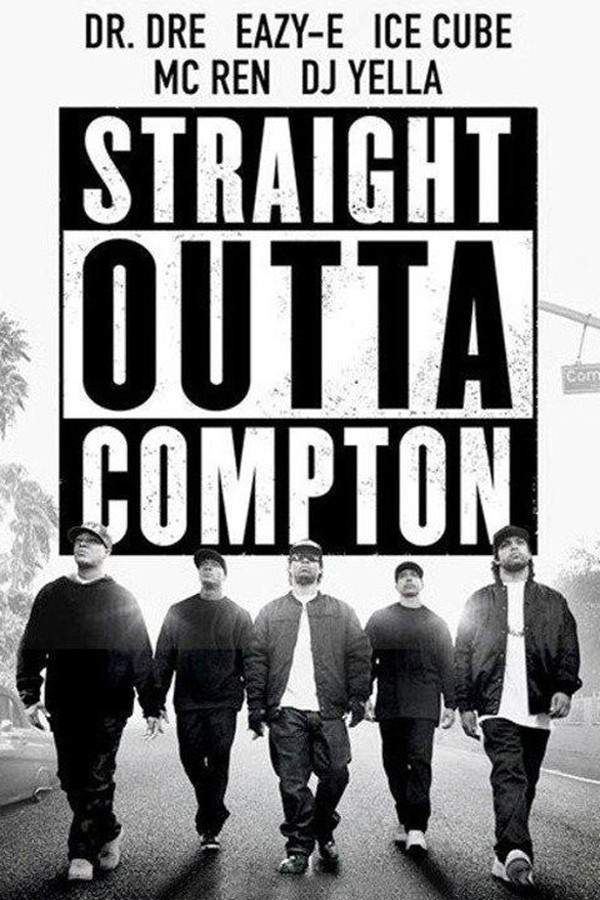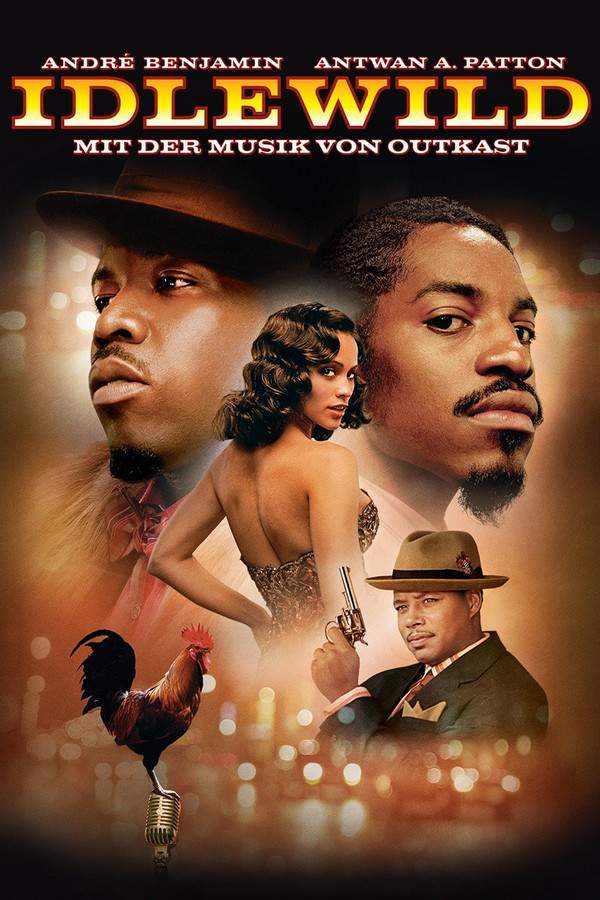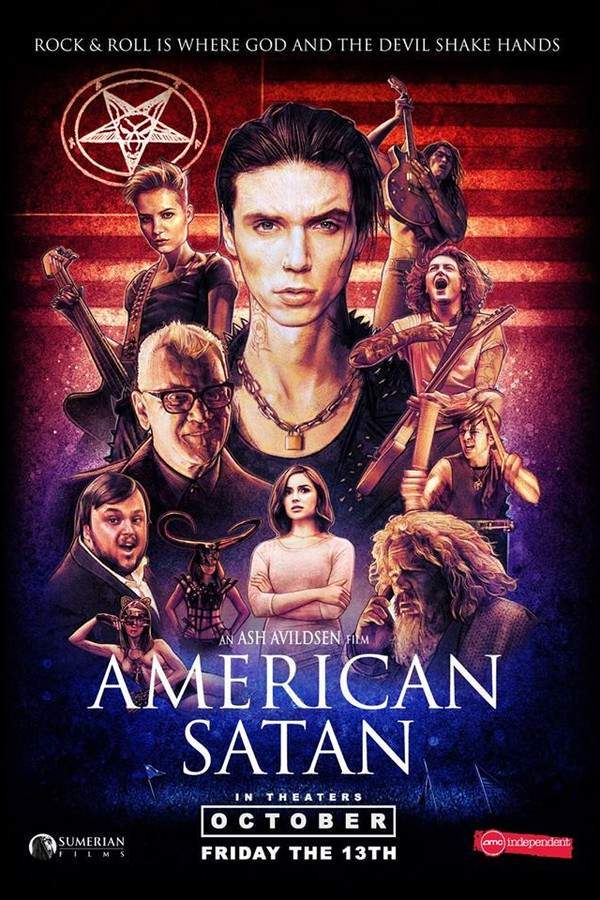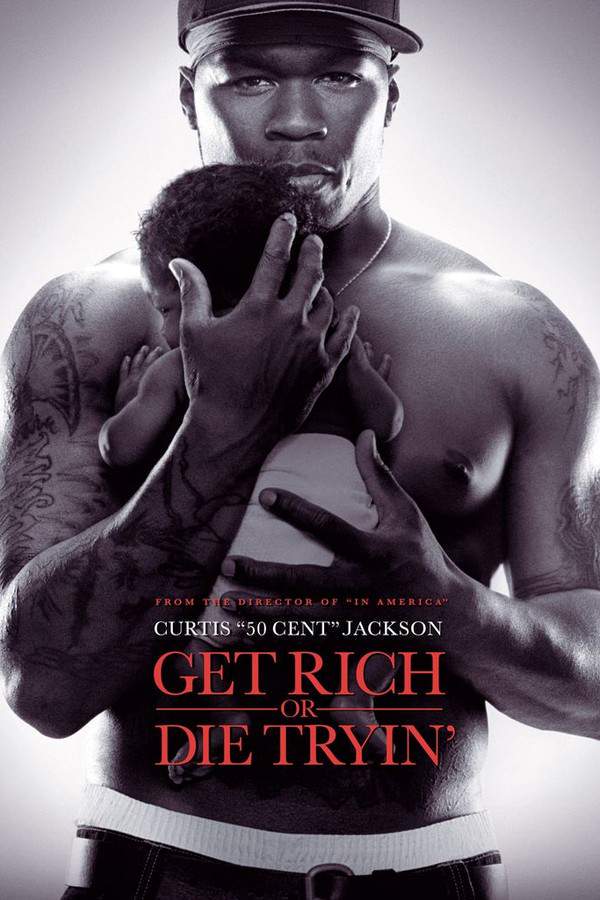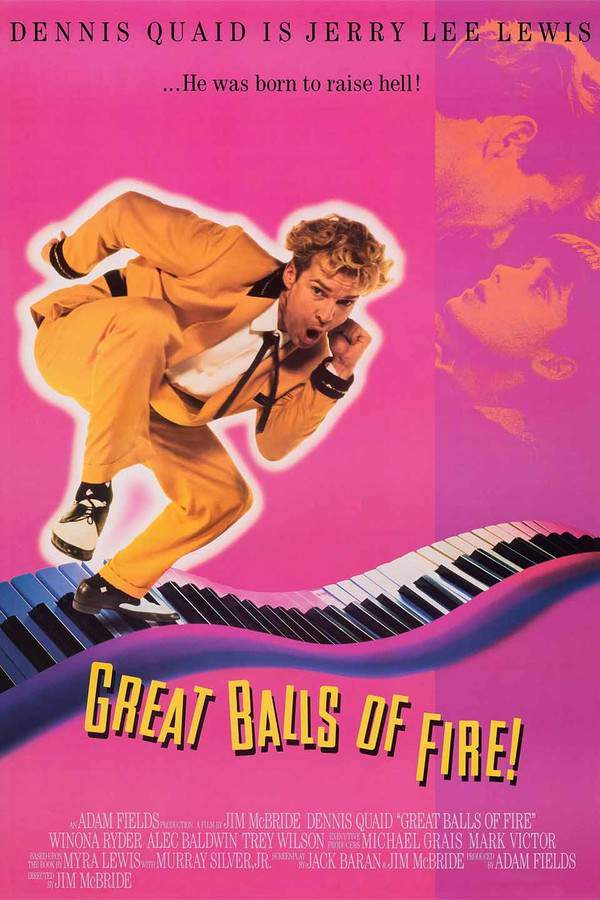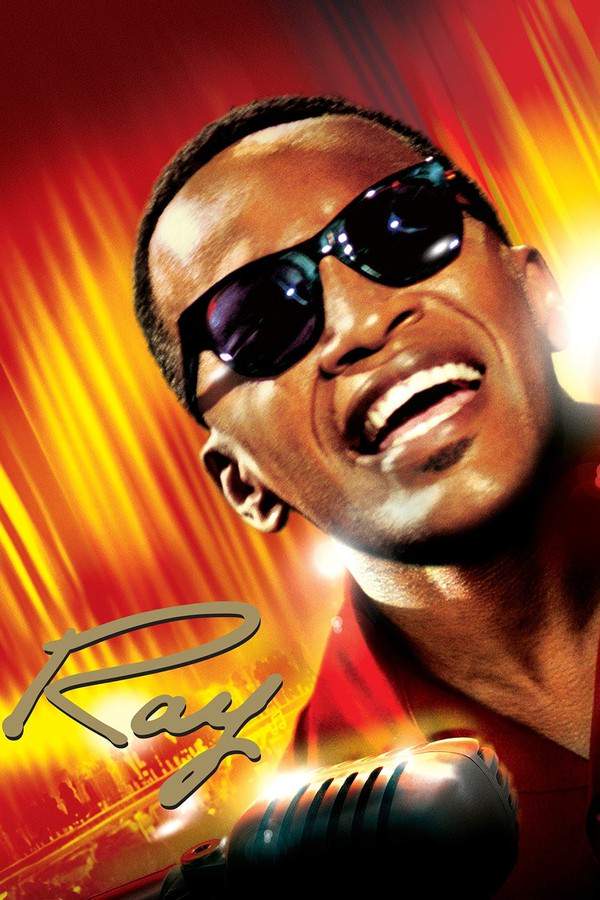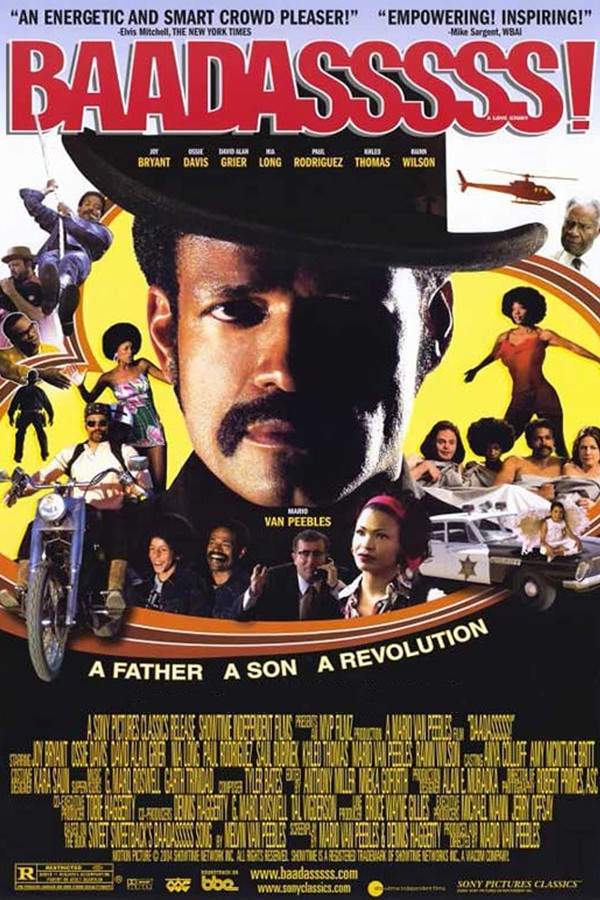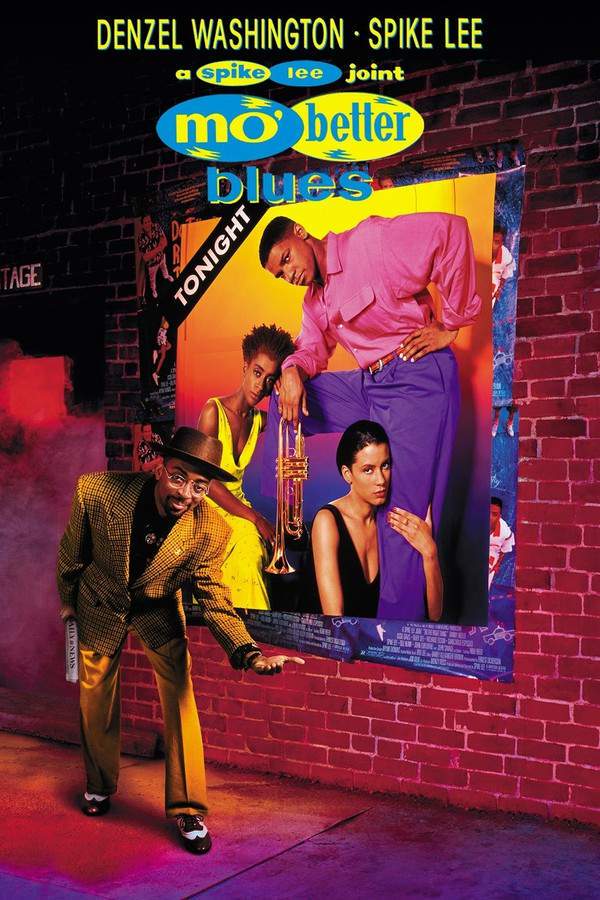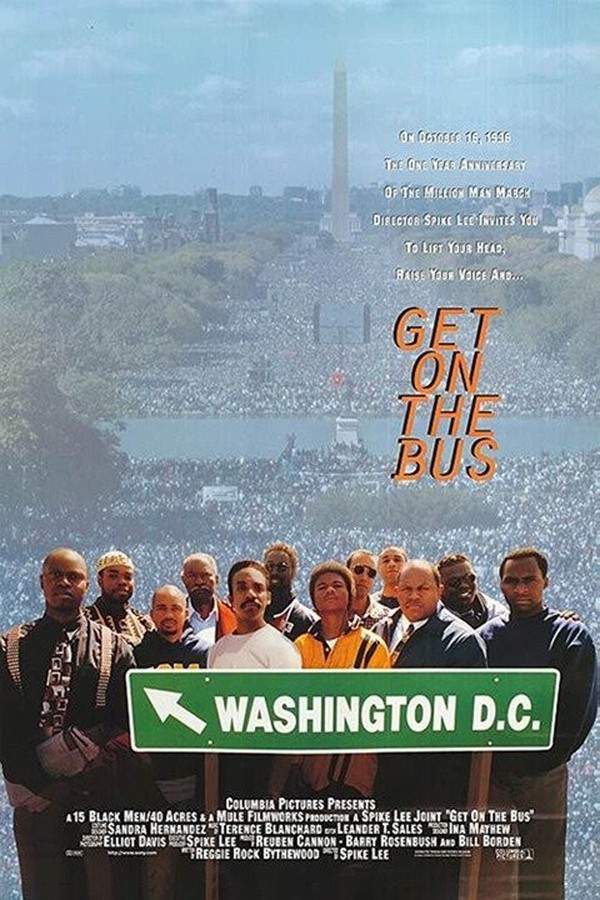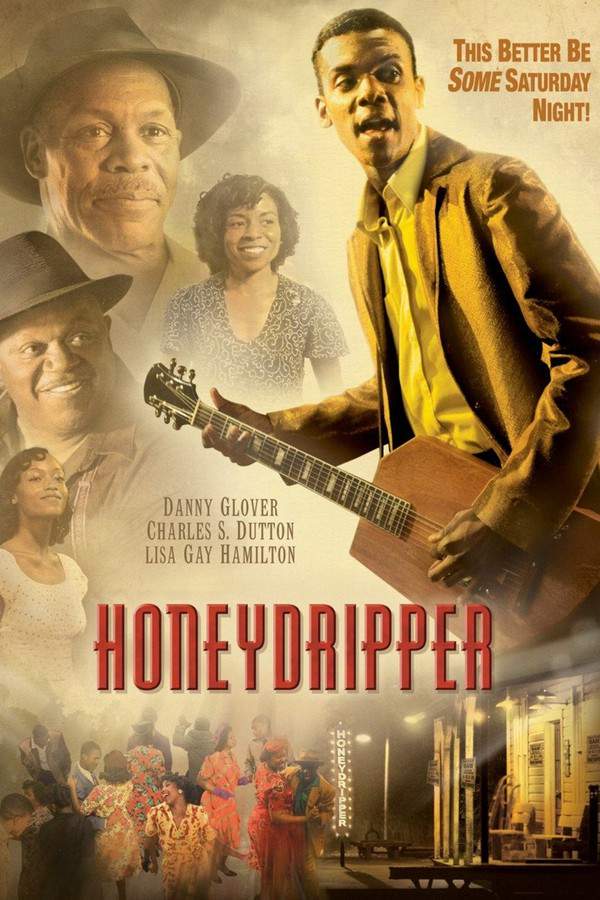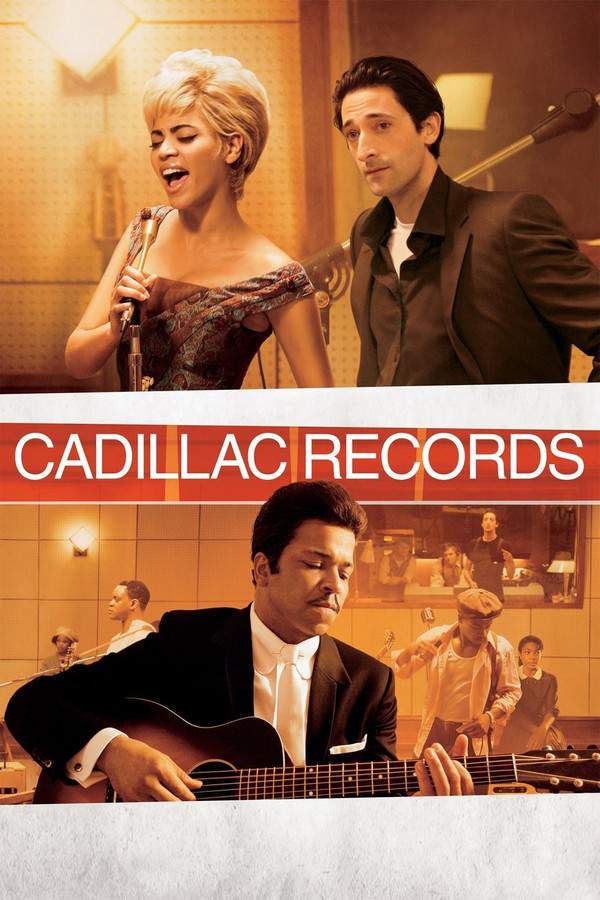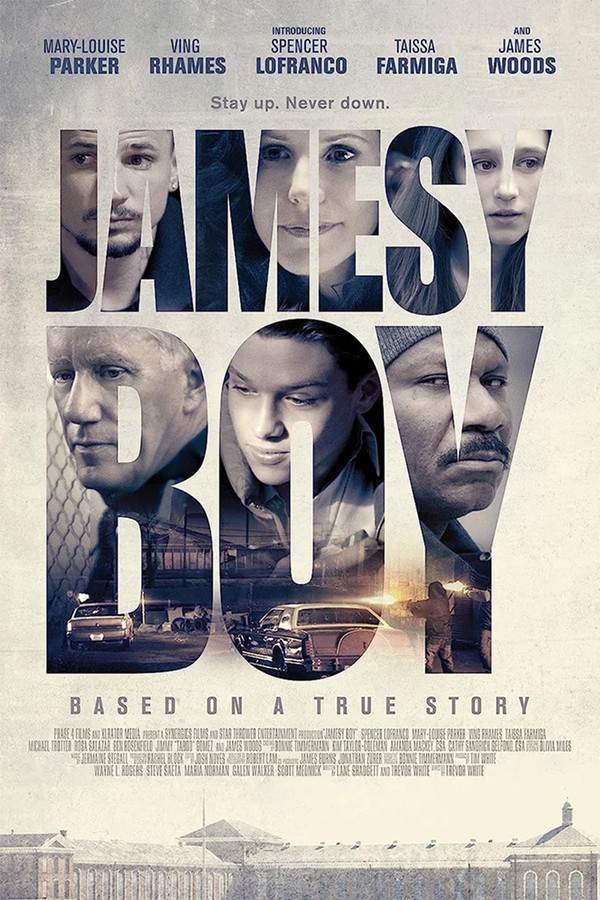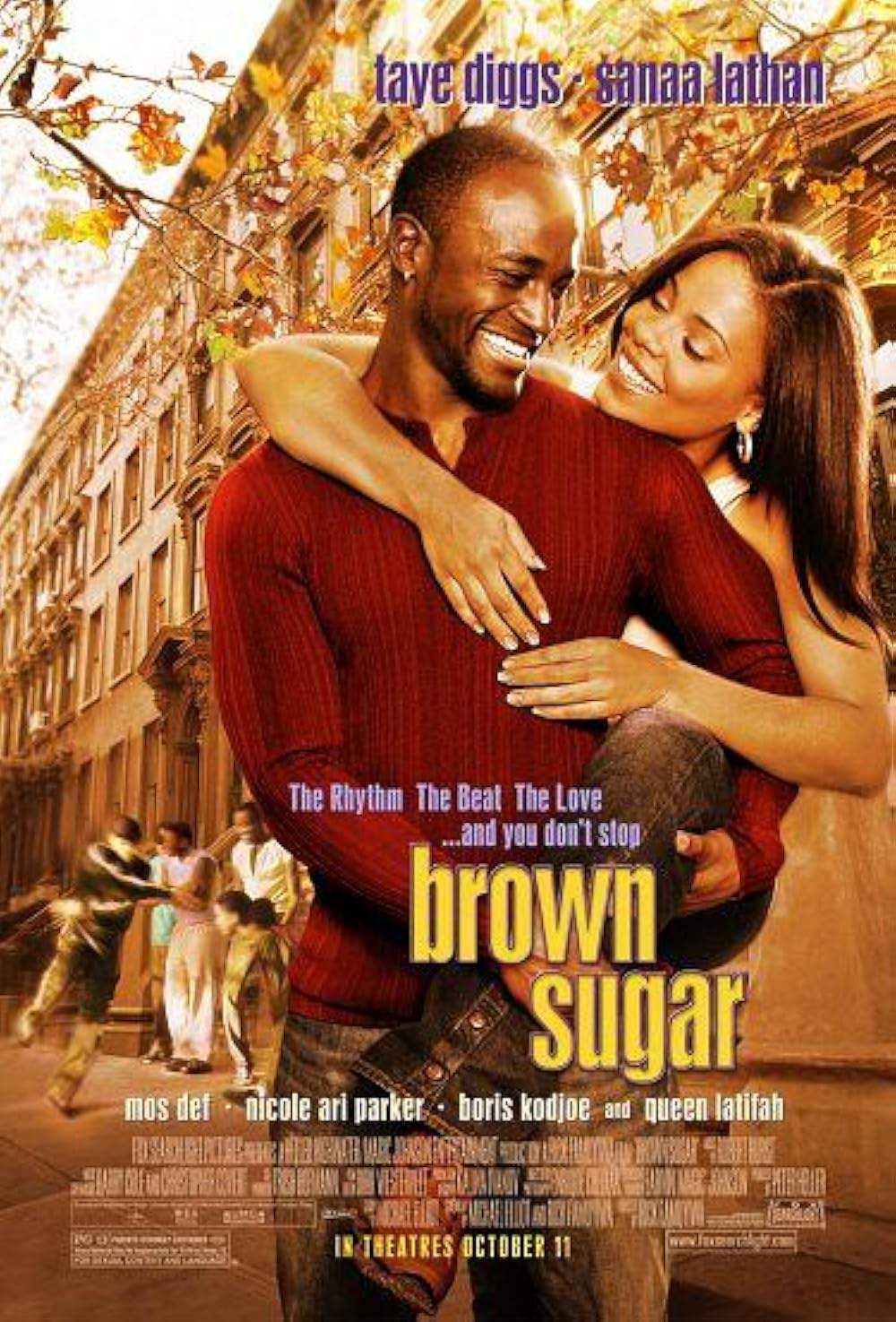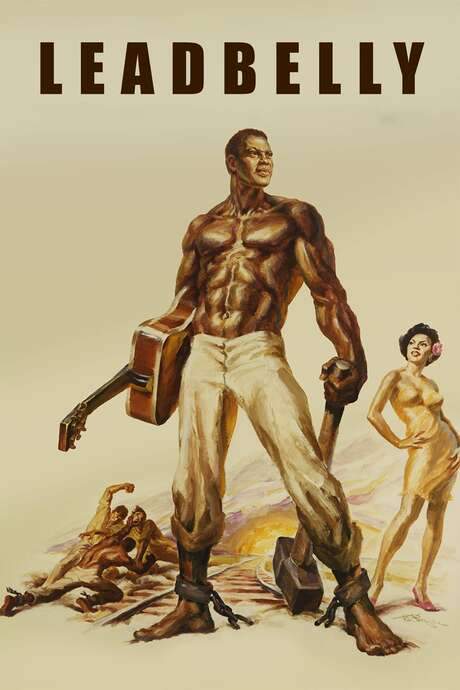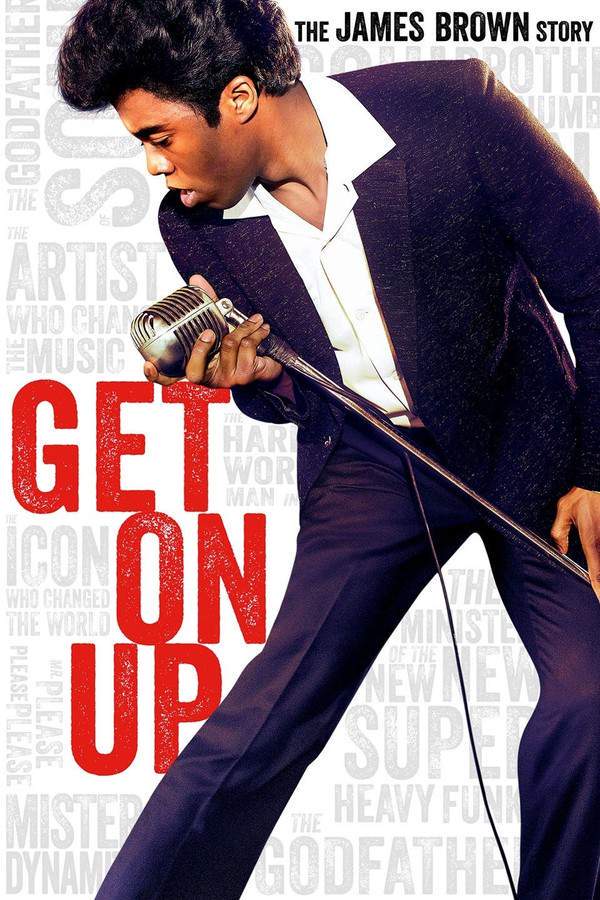
Get On Up
Year: 2014
Runtime: 139 min
Language: English
Director: Tate Taylor
Born into poverty in 1930s South Carolina, James Brown’s challenging childhood shaped his ambition to overcome adversity. He rose from gospel music beginnings to become a sensation on the "chitlin' circuit," captivating audiences with his distinctive soulful sound and energetic dance style. Despite personal struggles and controversies that unfolded throughout his career, Brown's immense talent and innovative performances established him as a defining icon of 20th-century music.
Warning: spoilers below!
Haven’t seen Get On Up yet? This summary contains major spoilers. Bookmark the page, watch the movie, and come back for the full breakdown. If you're ready, scroll on and relive the story!
Get On Up (2014) – Full Plot Summary & Ending Explained
Read the complete plot breakdown of Get On Up (2014), including all key story events, major twists, and the ending explained in detail. Discover what really happened—and what it all means.
The film opens in 1993, featuring James Brown (Chadwick Boseman) as he navigates a dimly lit hallway, the echoes of an adoring audience chanting his name surround him. He reflects on the significant people who shaped his life. The narrative shifts back to 1988 in Augusta, Georgia, where James discovers that a private bathroom in a strip mall he owns has been used without his permission. During a confrontation with the trespasser, he surprisingly chooses to forgive, but an accident with a shotgun leads to police involvement.
As the story unfolds in the 1960s, James and his band embark on a journey to Vietnam, showing solidarity with black troops through a highly praised performance. Flashing back to 1939, we learn about James’s challenging upbringing, raised in the woods by his financially struggling parents, Susie and Joe Brown. His early aspirations in music take shape as he sings with The Famous Flames, a group initiated by Bobby Byrd (Nelsan Ellis), whose family helps James after his release from prison for a petty theft—a suit.
James’s life takes a turn as he moves in with the Byrd family, solidifying his role as lead singer of Bobby’s group. In 1964, their manager, Ben Bart, makes a controversial decision to have The Rolling Stones close The T.A.M.I. Show instead of The Flames, yet James and his band steal the spotlight. Following this, he simply quips to the Stones, “Welcome to America.” His childhood is marked by turmoil as Susie leaves Joe, who is abusive and keeps James until he goes to the army, leaving James under the care of Aunt Honey, who runs a brothel. Despite this, James finds solace in church and the joy of the choir.
At 17, a fateful decision sees James stealing a suit once again, leading to a five-to-thirteen-year prison sentence. While incarcerated, he witnesses a singing performance that inspires him, igniting a riot in which he and Bobby are injured. This bonds them, and Bobby soon welcomes James into his household. Eventually, they form The Famous Flames, opening for Little Richard and cementing their place in music history.
A vivid flashback reveals a traumatic experience where young boys, including James, are forced into a battle royal while a band plays, and his determination shines as he wins the match amidst the odds. The 1950s see the group land a significant deal with King Records, leading to their first single, “Please, Please, Please”. Despite initial skepticism from executive Syd Nathan, James’s extraordinary vocals win over the critics. However, as records come to be known more for James’s talents than the band, tensions rise, with most members leaving except for Bobby.
The Famous Flames undergoes changes as James reassembles the group and performs at the famed Apollo Theater to exhilarated crowds. Following the concert, Bobby informs James that a woman claiming to be his mother is backstage. Memories flood back of Susie and the turmoil of his youth, and he recalls her dismissal as he grapples with his emotions.
Amidst personal turmoil, James has a son, Teddy, with his first wife, Velma, before divorcing her and later marrying Dee-Dee. A holiday gathering reveals darker undertones when James reacts violently toward Dee-Dee, exposing the cracks in their relationship. Through music, he attempts to connect with the African American community, famously recording “Say It Loud - I’m Black and I’m Proud” in 1968. After the tragic assassination of Martin Luther King, Jr., he bravely persuades the Boston Garden’s management to proceed with a performance, commanding the volatile audience with profound authority.
As time passes, James struggles with the management of his band. The death of Ben sends ripples through the group, leading to conflict with Bobby, who contemplates a solo career, resulting in a dramatic confrontation. A pivotal moment occurs at the Apollo when Susie reappears, striving to mend their fractured relationship after years apart.
In 1973, devastating news strikes as James learns of Teddy’s tragic car accident. Ghosts from his past haunt him as he smokes angel dust, leading to erratic behavior and an eventual arrest. Fast forward to 1993, where James and Bobby reunite after years, with James offering VIP tickets to his upcoming show. The film culminates in a powerful moment as James steps onto the stage, greeted by shadows of his life chanting his name, delivering a poignant rendition of “Try Me (I Need You)” that moves both Bobby and his wife Vicki to tears, reminding everyone of the extraordinary legacy he leaves behind.
Last Updated: November 08, 2024 at 04:59
Explore Movie Threads
Discover curated groups of movies connected by mood, themes, and story style. Browse collections built around emotion, atmosphere, and narrative focus to easily find films that match what you feel like watching right now.
Complex Artist Biographies like Get On Up
Fragmented journeys through the lives of brilliant but deeply flawed artists.Explore more movies like Get On Up that delve into the lives of musical and artistic icons with a complex, non-linear narrative. If you liked the intricate storytelling of James Brown's life, you'll find similar films about troubled geniuses where creative triumphs are intertwined with personal demons.
Narrative Summary
These films typically unfold in a mosaic of flashbacks and key moments, jumping between the pinnacle of fame and the roots of trauma. The narrative pattern contrasts public success with private turmoil, forcing the viewer to piece together the cause and effect that shaped the artist's complex personality and legacy.
Why These Movies?
Movies are grouped here for their shared approach to biography: a structurally complex narrative that mirrors the turbulence of a creative mind, a bittersweet tone balancing immense triumph with profound loss, and a heavy emotional weight derived from unflinching looks at trauma and genius.
Gritty Rise-and-Fall Stories like Get On Up
Intense journeys from poverty to fame, fueled by raw talent and personal demons.Find more films similar to Get On Up that capture the intense, raw journey of a rise from poverty to fame. If you enjoyed the gritty depiction of James Brown's life and his energetic performances, you'll discover other powerful stories about talent, trauma, and the bittersweet price of greatness.
Narrative Summary
The narrative follows a dramatic arc from adversity to pinnacle success, but the core of the story lies in the parallel descent into personal chaos. The journey is defined by a constant tension between explosive creative energy and the debilitating weight of addiction, ego, and unresolved trauma, leading to a bittersweet reckoning.
Why These Movies?
These films share a high-intensity, heavy emotional vibe centered on a triumphal yet tragic character arc. They are united by a gritty, raw aesthetic, a focus on the dark side of fame, the electrifying presence of central performances, and a ultimately bittersweet reflection on legacy.
Unlock the Full Story of Get On Up
Don't stop at just watching — explore Get On Up in full detail. From the complete plot summary and scene-by-scene timeline to character breakdowns, thematic analysis, and a deep dive into the ending — every page helps you truly understand what Get On Up is all about. Plus, discover what's next after the movie.
Get On Up Timeline
Track the full timeline of Get On Up with every major event arranged chronologically. Perfect for decoding non-linear storytelling, flashbacks, or parallel narratives with a clear scene-by-scene breakdown.

Characters, Settings & Themes in Get On Up
Discover the characters, locations, and core themes that shape Get On Up. Get insights into symbolic elements, setting significance, and deeper narrative meaning — ideal for thematic analysis and movie breakdowns.

Get On Up Spoiler-Free Summary
Get a quick, spoiler-free overview of Get On Up that covers the main plot points and key details without revealing any major twists or spoilers. Perfect for those who want to know what to expect before diving in.

More About Get On Up
Visit What's After the Movie to explore more about Get On Up: box office results, cast and crew info, production details, post-credit scenes, and external links — all in one place for movie fans and researchers.

Similar Movies to Get On Up
Discover movies like Get On Up that share similar genres, themes, and storytelling elements. Whether you’re drawn to the atmosphere, character arcs, or plot structure, these curated recommendations will help you explore more films you’ll love.
Explore More About Movie Get On Up
Get On Up (2014) Scene-by-Scene Movie Timeline
Get On Up (2014) Movie Characters, Themes & Settings
Get On Up (2014) Spoiler-Free Summary & Key Flow
Movies Like Get On Up – Similar Titles You’ll Enjoy
Ray (2004) Spoiler-Packed Plot Recap
Baadasssss! (2004) Full Summary & Key Details
Mo' Better Blues (1990) Complete Plot Breakdown
Get on the Bus (1996) Ending Explained & Film Insights
Honeydripper (2007) Full Summary & Key Details
Cadillac Records (2008) Full Movie Breakdown
Jamesy Boy (2014) Full Movie Breakdown
Brown Sugar (2002) Ending Explained & Film Insights
Turn It Up (2000) Ending Explained & Film Insights
On the Come Up (2022) Complete Plot Breakdown
Great Balls of Fire! (1989) Plot Summary & Ending Explained
Make It Soul (2018) Film Overview & Timeline
James Brown: Say It Loud (1000) Plot Summary & Ending Explained
Leadbelly (1976) Ending Explained & Film Insights
Southern Gospel (2023) Story Summary & Characters

